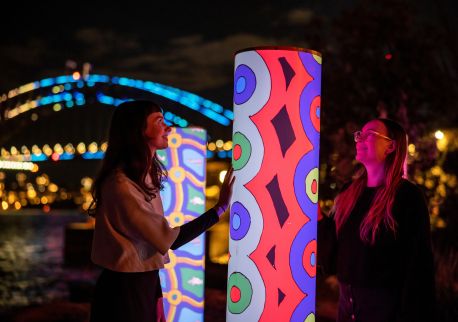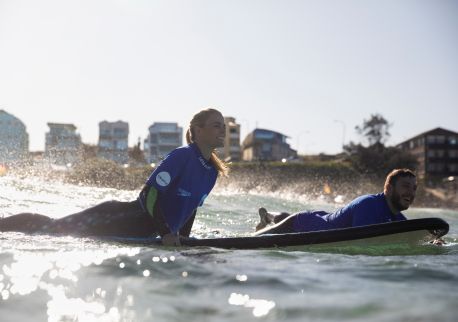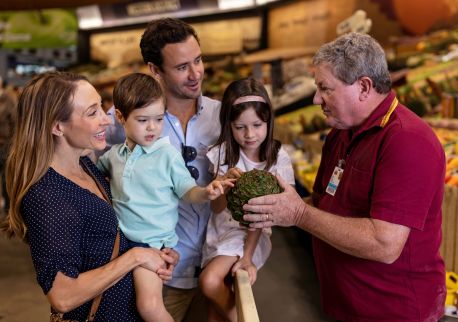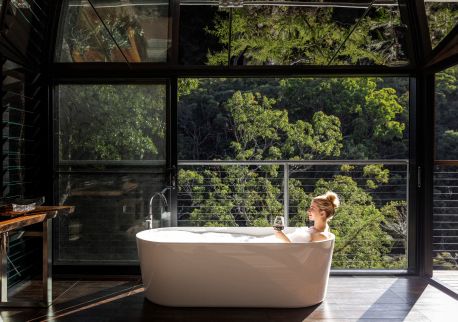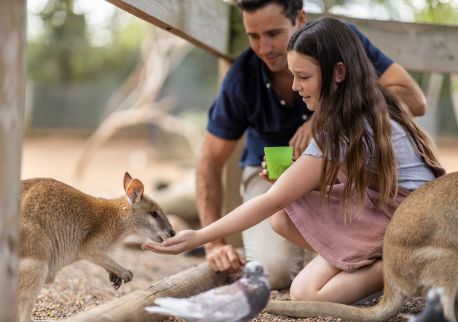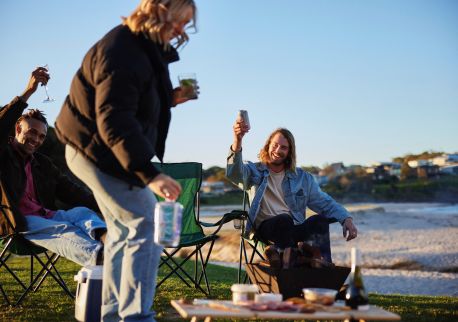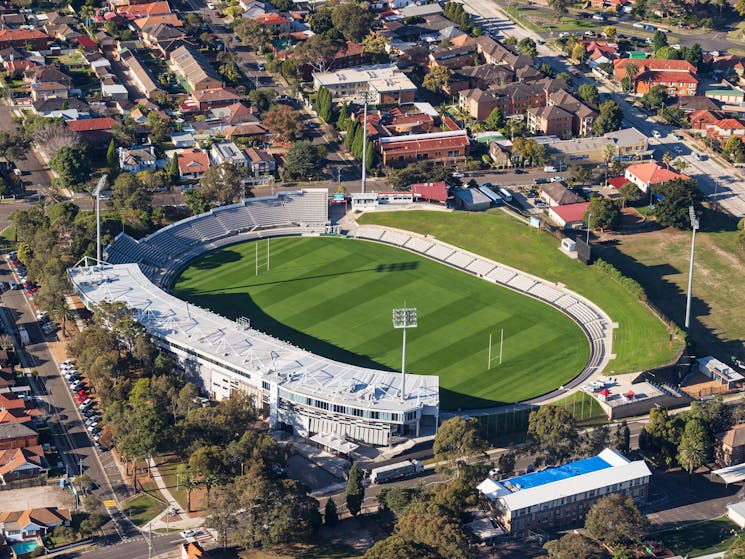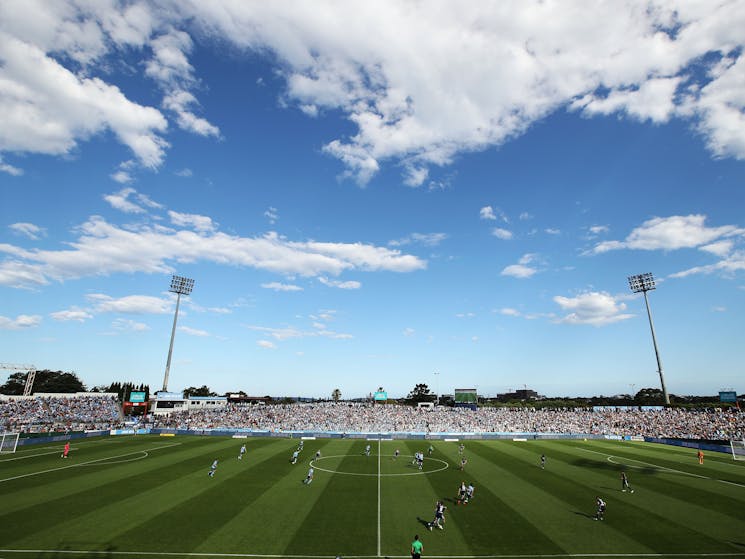Jubilee Stadium
Highlights
State-of-the-art Tahoma Couch playing surface
Stunning views across Botany Bay, near Sydney Airport
Overview
Jubilee Stadium is the premium sporting venue in the Georges River Local Government Area, with a capacity for 20,000 people. It serves as the host for a diverse range of sporting codes, special events and film productions, while proudly serving as the home ground for the St George Illawarra Dragons. Distinguished by its state-of-the-art Tahoma Couch playing surface, the Stadium is equipped to seamlessly manage back-to-back events.
The Stadium offers 2,000 corporate seats, four dressing rooms, and three multifunctional event spaces. Each event space is designed to maximise natural light and adaptability to suit any style of event.
Conveniently located just a brief drive from Sydney Airport, the stadium offers stunning views across Botany Bay and is a short walk from Carlton train station.








